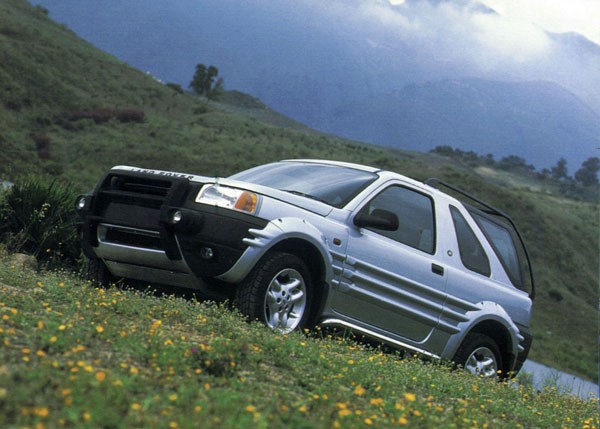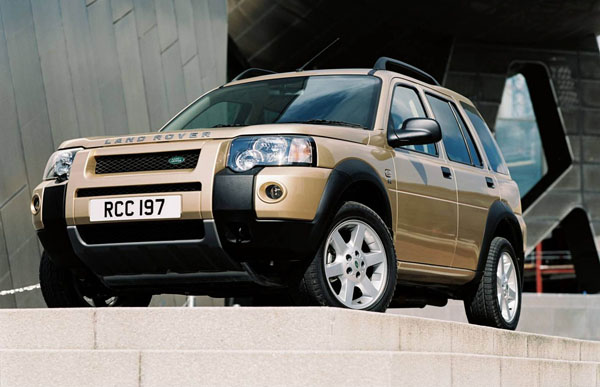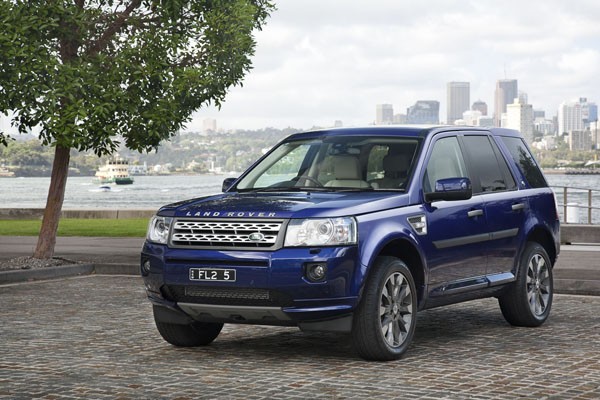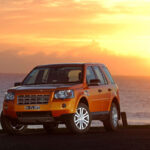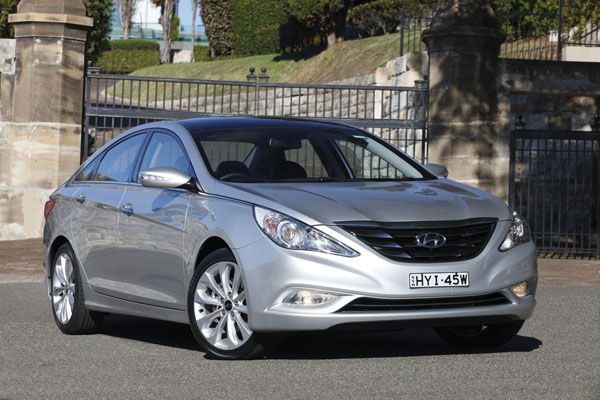Though it’s generally used only as a suburban runabout, the Land Rover Freelander is capable of tackling bush, beaches and desert conditions that would strand, or even break, others in its class. Which is hardly surprising as it comes from the company that gives us everything from the down-and-dirty Land Rover Defender to the highly competent (and very expensive) Range Rover.
The lack of sales success of Freelander in Australia has been surprising. Not only does it have the aforementioned off-road ability, but also looks good, with a healthy touch of macho. Perhaps it’s because the compact 4WD class has been overwhelmed by on-road cruisers rather than genuine off-road bruisers. Poor build quality in early models certainly didn’t do Freelanders any favours.
The Land Rover Freelander began its career in Australia early in 1998 making it arguably the first upmarket compact SUV, years ahead of the big name Germans.
Freelander was initially sold as a five-door wagon, three-door wagon (Hardback in LR speak) and three-door Softback, the latter being a Hardback with a rear end that opens to the elements. The top folds forwards, rather than rearwards as is the convention.
Engine options were a 1.8-litre four-cylinder petrol, a 2.5 V6 petrol and a 2.0-litre turbo-diesel. Five-speed manual and automatic transmissions were offered.
In October 2004, the first series Freelander was given a facelift to bring it into line with big brothers Defender and Discovery (with a touch of Range Rover). It also received a major interior upgrade, with a new facia, instruments, switchgear, door trims, seats and upholstery
At that time Land Rover discontinued the option of petrol engines and all used the 2.0-litre four-cylinder turbo-diesel.
An all-new model, the Land Rover Freelander 2, arrived in Australia in June 2007. The range was trimmed to five-door wagons only. The petrol, now with a capacity of 3.2 litres and six cylinders in line, made a welcome return. The turbo-diesel four-cylinder also received more grunt by courtesy of having 2.2 litres at your disposal.
The only transmission imported to Australia in the Freelander 2 was a six-speed auto. Land Rover explained it was chasing upmarket buyers who weren’t particularly interested in changing gears themselves. (They were probably not interested in going off-road either, but that’s another story.)
Land Rover is well established in Australia (the first vehicle arrived here way back in 1948) and there are now many dealers in metro and country areas. Freelander obviously isn’t as common in the bush as are Discoverys, but there are still plenty of mechanics who can handle them.
Spare parts and servicing charges are higher than average for the semi-affordable compact SUV class, but that’s understandable given the upmarket nature of the vehicle.
We haven’t had any real complaints about availability on parts, but the Freelander 1 is getting on in years so it might be an idea to contact recyclers in your home area to see how they can help in the future.
Insurance premiums are, likewise, costlier than normal for vehicles of this size and makeup, then again the insurance companies also have a big go at owners of the German brands who have recently joined the fight in this class.
WHAT TO LOOK FOR
Freelander 1 had a poor reputation for build quality and the subsequent reliability problems it caused. It’s worth spending proper money on a full inspection, even if the Freelander is old and cheap.
Check for interior components that are loose and perhaps about to fall out. And for bits that are so tight they squeak or rattle every time you hit a bump. Make sure your test drive includes rough roads, corrugations are best, to really give the Freelander a proper shaking up.
Some soft-tops leak water and may also flap in the breeze. Failing a rainy day, the garden hose should let you check on watertightness.
Electrical equipment should be checked in detail, earlier Freelanders were often afflicted with this old British-car disease.
Engines should start easily, with the diesel being a little slower than the petrol. If you suspect it’s down on power have a mechanic check it out.
Look for damage caused by off-road use. Scratches or mild dents on bumper corners and/or door sills are easy to spot.
Check underneath for damage to the sumps, suspension and bodywork in general.
Look at the condition of the carpets and seats, sand and mud are other clues to off-road driving. The boot is another area that can get knocked around by adventures into the Australian outback.
CAR BUYING TIP
When inspecting any serious 4WD it makes sense by looking underneath for signs of damage before getting deeply into other areas of the vehicle.




